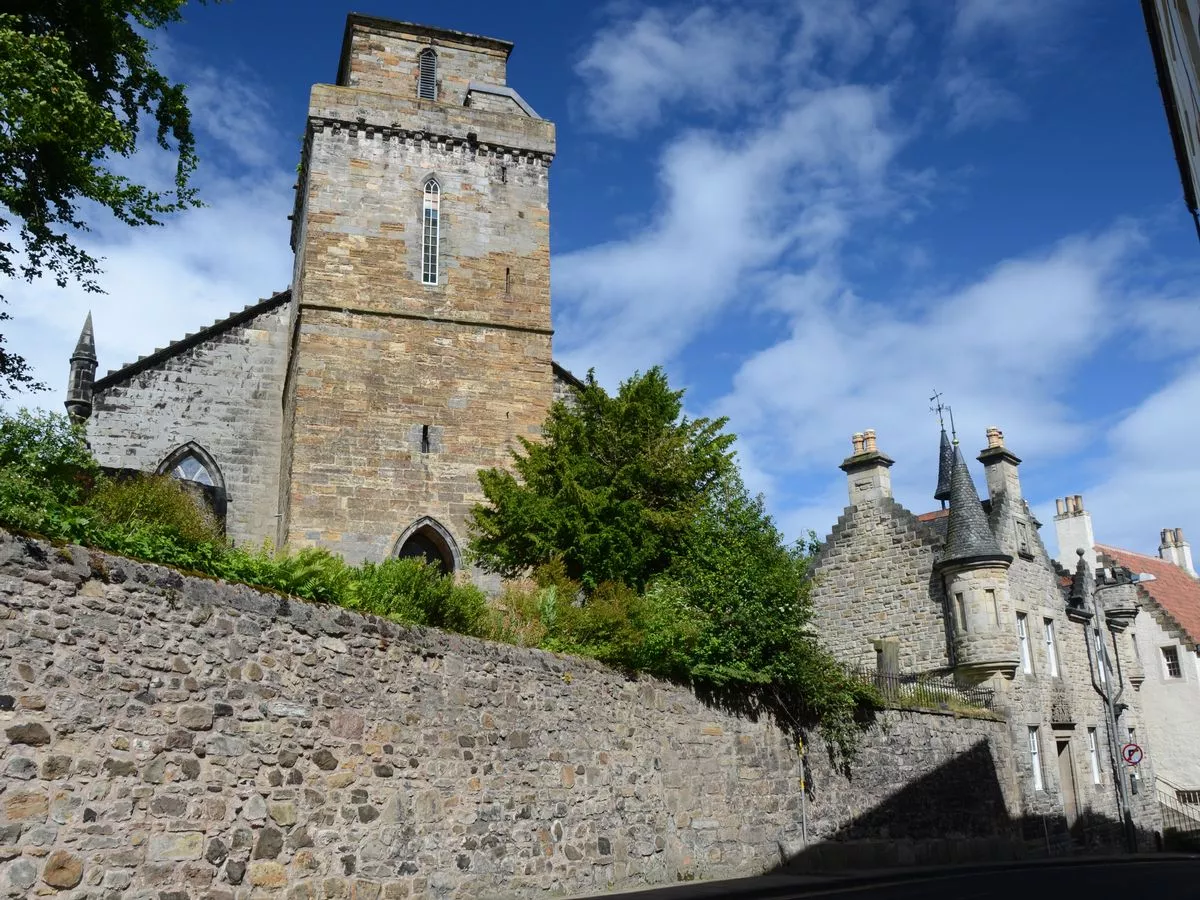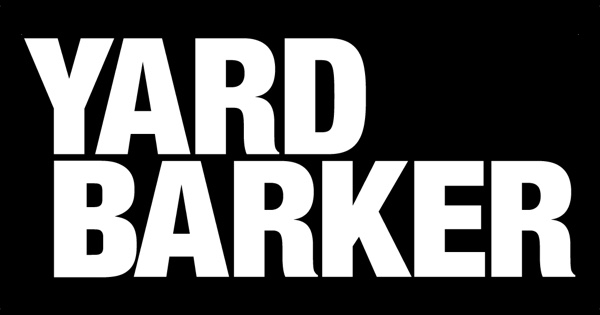By Ambarish Awale,Douglas Dickie
Copyright dailyrecord

Scotland’s latest unemployment figures have revealed a mixed outlook, with joblessness lower than the UK average but employment also lagging behind. The figures revealed that a coastal town famous for its high street among nation’s ‘unemployed’ hotspots. Data from the Office for National Statistics (ONS) showed that 96,000 people in Scotland were unemployed between May and July, giving the country an unemployment rate of 3.5 percent. That figure is well below the UK rate of 4.7 percent. However, the employment rate stood at 74.5 percent, lower than the UK-wide figure of 75.2 percent. Economists warn the gap suggests a significant number of people in Scotland are neither in work nor actively seeking it, instead falling into the category of economically inactive, Scottish Daily Express reports. The ONS reported that 2,660,000 Scots aged 16 and over were in employment during the three-month period. Yet the data also highlighted stark regional differences in how unemployment and benefit dependency are affecting communities. In Glasgow Maryhill and Springburn, 7.6 percent of men were claiming some form of out-of-work benefit in August. Across Glasgow as a whole, nearly six percent of men were receiving benefits, with men far more likely than women to be dependent on support. The figures place Scotland’s largest city among the areas with the highest rates of benefit claims, underlining the persistent challenges in neighbourhoods hit hard by the decline of traditional industries and continuing economic pressures. Outside the central belt, Kirkcaldy in Fife has emerged as the benefit capital of Scotland. According to the ONS, five percent of people in the town are on benefits, rising to 6.1 percent among men. Kirkcaldy, long nicknamed the “lang toun” because of its mile-long high street, was once renowned as a shopping hub. Today it retains a historic harbour and notable architecture, but has struggled to recover from the collapse of its traditional employment base. The constituency also covers surrounding towns including Methil, Burntisland and Buckhaven, which have faced similar difficulties in recent years. At the other end of the scale, Shetland recorded one of the lowest rates of benefit claims, with just 1.2 percent of its working age population on support. Other areas with low levels included Edinburgh Southern and Eastwood, both at 1.4 percent. *Where the rate is the same, the total number of claimants has been used to rank each constituency



